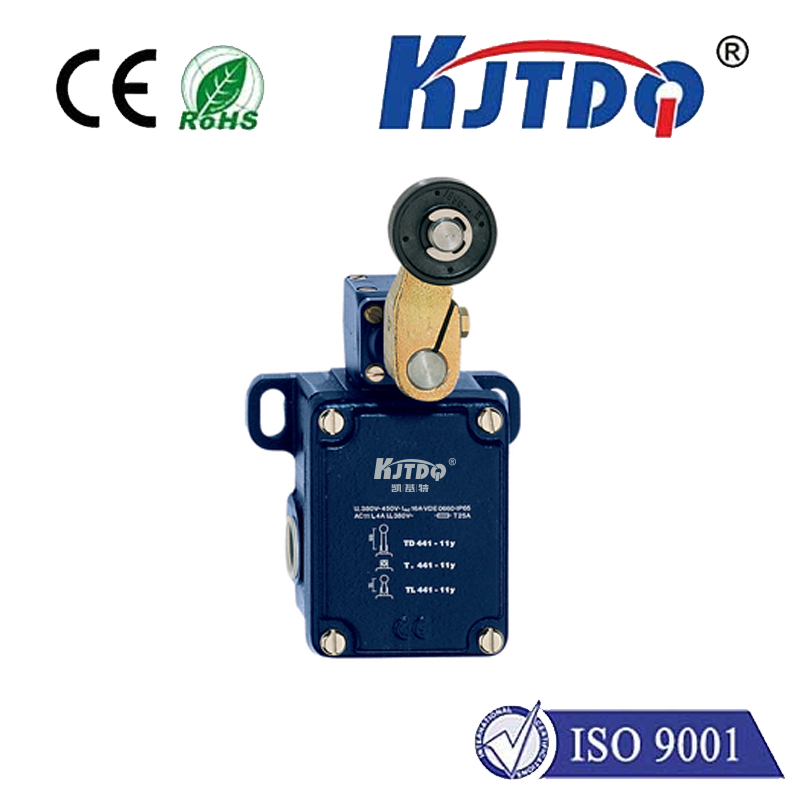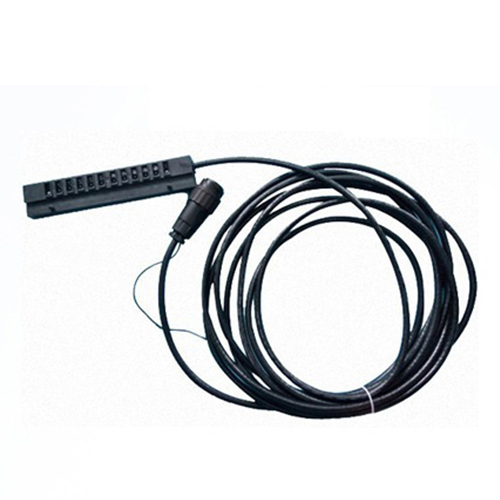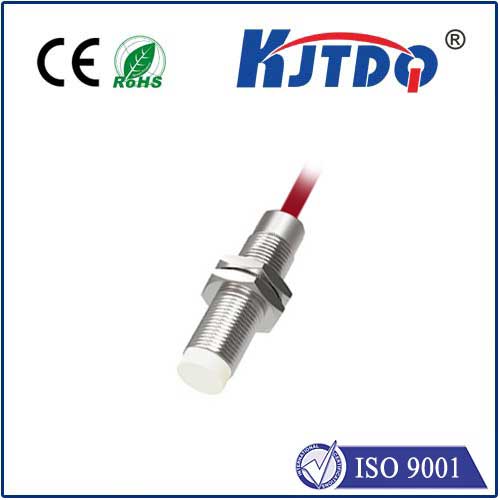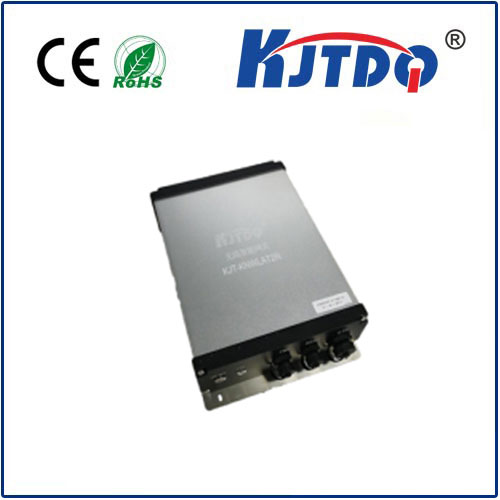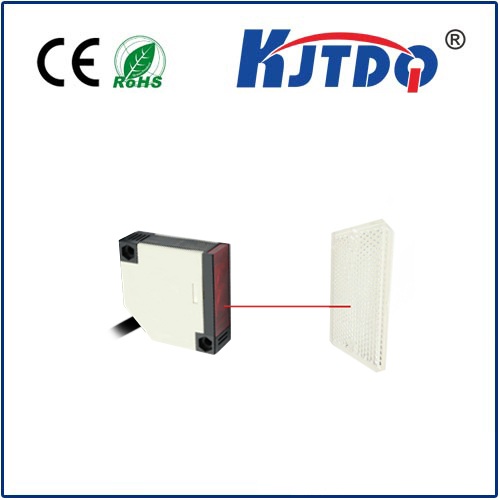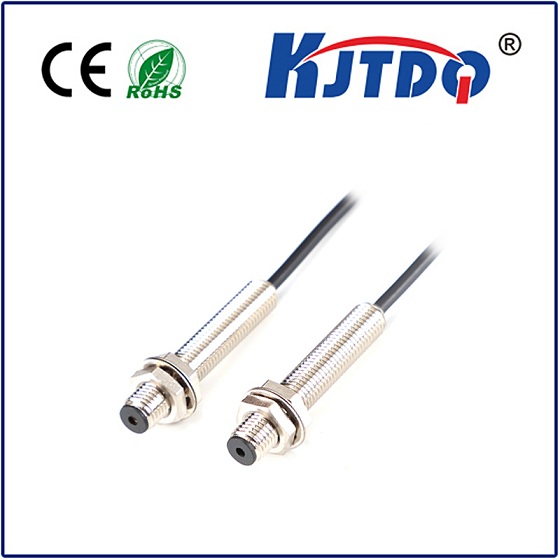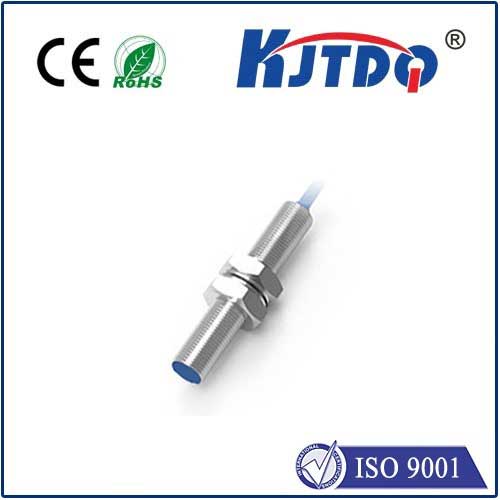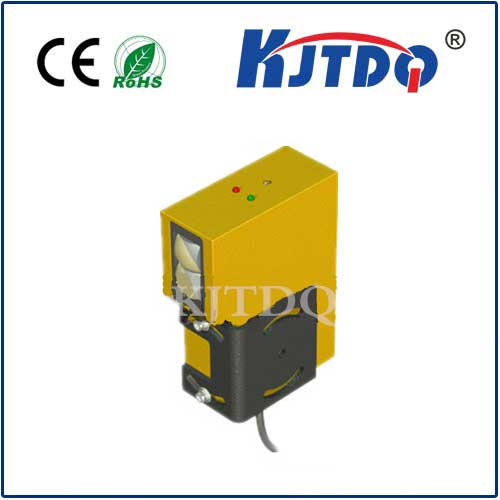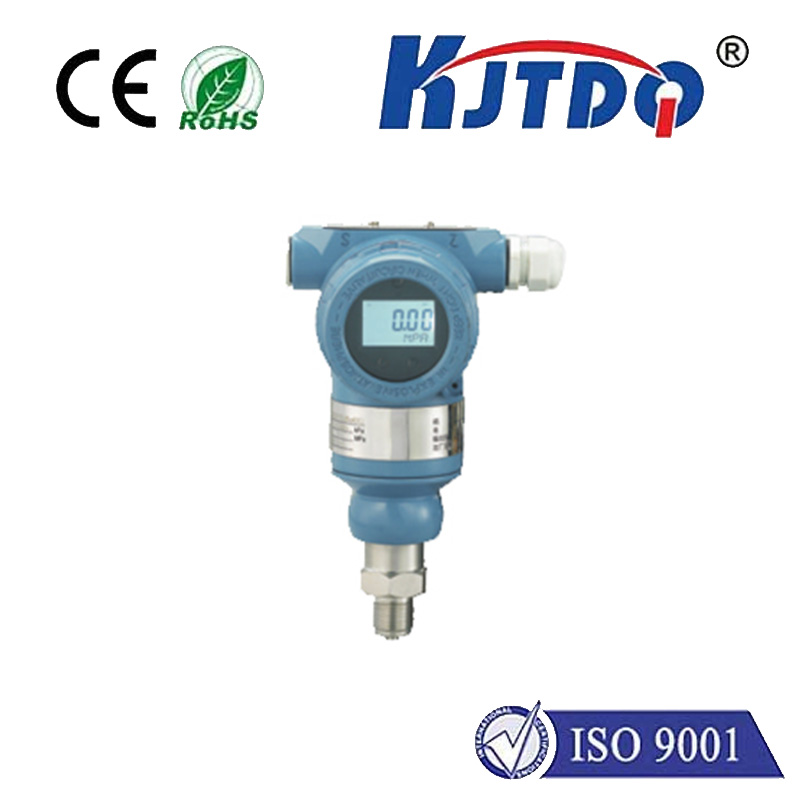proximity type limit switch
- time:2025-06-24 00:56:11
- Click:0
Proximity Type Limit Switch: Revolutionizing Position Sensing with Non-Contact Technology
Ever wondered how automated production lines flawlessly detect objects or machinery positions without constant physical hits? The silent hero preventing costly jams and ensuring smooth operation often lies in the sophisticated simplicity of the proximity type limit switch. Far removed from the clunky, wear-prone mechanical switches of the past, proximity sensors offer a leap forward in reliability and precision for modern industrial automation.
Understanding the Core: What is a Proximity Type Limit Switch?
At its heart, a proximity type limit switch is a non-contact electronic sensor designed to detect the presence or absence of a target object within a specific range – its sensing distance – without any physical contact. Unlike traditional mechanical limit switches that require physical actuation (like a lever being pressed), proximity switches rely on changes in an electromagnetic field or other physical properties. This fundamental difference unlocks significant advantages.
The Working Principle: Sensing Without Touch
The most prevalent type, especially for metallic targets, is the inductive proximity switch. Here’s the magic:

- Generating the Field: An internal oscillator generates a high-frequency alternating electromagnetic field emanating from the sensor’s active face.
- Target Interaction: When a conductive metal target enters this electromagnetic field, inductive currents (Eddy currents) form within the target material.
- Energy Shift: The creation of these Eddy currents causes a measurable energy loss within the oscillator circuit of the sensor.
- Signal Change: This energy loss is detected by a threshold circuit within the sensor.
- Output Action: Once the energy loss surpasses a preset threshold (indicating the target is sufficiently close), the sensor’s output state switches – typically turning an internal solid-state output (like a transistor) ON or OFF. This clean electronic signal is then sent to the control system (e.g., a PLC).
Common alternatives include capacitive sensors (detecting non-metals based on capacitance change) and magnetic sensors (responding to permanent magnets), but inductive remains king for general metal detection.
Why Choose Proximity Over Mechanical? Key Advantages
The non-contact nature is the cornerstone benefit, leading to a cascade of operational improvements:
- Exceptional Reliability & Longevity: No moving parts mean no mechanical wear from repeated impacts. These switches boast incredibly long operational lifespans measured in millions of actuations, drastically reducing maintenance needs and unexpected failures. Downtime due to switch failure becomes a rarity.
- High-Speed Operation & Repeatability: With no physical actuation delay, proximity switches can detect targets moving at very high speeds. They offer remarkably consistent repeatability, meaning the point at which they detect a target is incredibly precise and stable over time, critical for accurate positioning.
- Resilience in Harsh Environments: Sealed housings (often IP67, IP68, or IP69K rated) protect the sensitive electronics inside. They withstand dust, dirt, moisture, oil, coolants, and vibration – conditions that would quickly degrade mechanical switches or cause false triggers.
- Reduced Noise: The absence of physical striking eliminates the audible “click” associated with mechanical switches, contributing to a quieter work environment.
- Unmatched Versatility: Available in diverse shapes (cylindrical, rectangular, block), sizes, connection types (cable or connector), voltage ranges (DC/AC), and output configurations (NPN/PNP, NO/NC), proximity switches integrate seamlessly into virtually any application needing position verification or object detection.
Where Do Proximity Type Limit Swines Excel? Real-World Applications
Their robustness and reliability make them indispensable across countless industries:
- Manufacturing Automation: Detecting tool positions on CNC machines, verifying part presence on conveyors, monitoring robotic arm end positions, controlling cylinder strokes, ensuring proper part loading/unloading. They are the virtual eyes of assembly lines.
- Material Handling: Monitoring pallet positions on AGVs (Automated Guided Vehicles), detecting bin fill levels, controlling gate mechanisms, verifying package presence on sorting systems.
- Packaging Machinery: Ensuring cartons are in place for sealing or labeling, detecting film/web breaks, controlling product counting, verifying cap placement.
- Food & Beverage Processing: Monitoring valve positions, detecting fill levels in tanks (using specific types), verifying container presence on filling lines, operating safely in washdown environments.
- Automotive Production: Verifying component seating, detecting robotic weld gun positions, monitoring press operations, ensuring safety guards are closed. Precision and reliability are non-negotiable here.
- Machine Safety: Used as part of safety interlock systems to confirm guards are securely in place before machine operation can commence.
Selecting the Right Proximity Switch: Key Considerations
Choosing the optimal sensor involves evaluating several factors:
- Target Material: Is it ferrous metal (steel, iron), non-ferrous metal (aluminum, brass, copper), or non-metallic? Inductive sensors work best with ferrous metals, with reduced sensing ranges for non-ferrous; capacitive handle non-metallics.
- Required Sensing Distance: The nominal range at which the switch reliably detects the target. Choose a sensor with a slightly larger range than your minimum required gap for reliable operation.
- Operating Environment: Consider temperature extremes, potential chemical exposure (oils, coolants, cleaning agents), presence of dust/moisture (IP rating!), and electrical interference.
- Output Configuration: Does your control system require a PNP (sourcing) or NNP (sinking) output? A Normally Open (NO) or Normally Closed (NC) switching behavior?
- Size & Mounting Constraints: Physical space limitations dictate the sensor’s housing style and dimensions.
- Electrical Requirements: Supply voltage (commonly 10-30V DC or 20-250V AC) and current rating.
The Undeniable Impact on Modern Industry
Proximity type limit switches represent a fundamental shift from reactive, wear-based sensing to proactive, electronic detection. By eliminating physical contact, they deliver unparalleled reliability, precision, and longevity in demanding industrial settings. The result is reduced maintenance costs, minimized unplanned downtime, enhanced product quality through consistent operation, and safer working environments. For engineers designing or maintaining automated systems, understanding and leveraging the power of non-contact position sensing via proximity switches is no longer optional – it’s essential for achieving peak operational efficiency and competitiveness. They are a quiet, dependable force driving the smooth, efficient hum of modern manufacturing floors worldwide.






